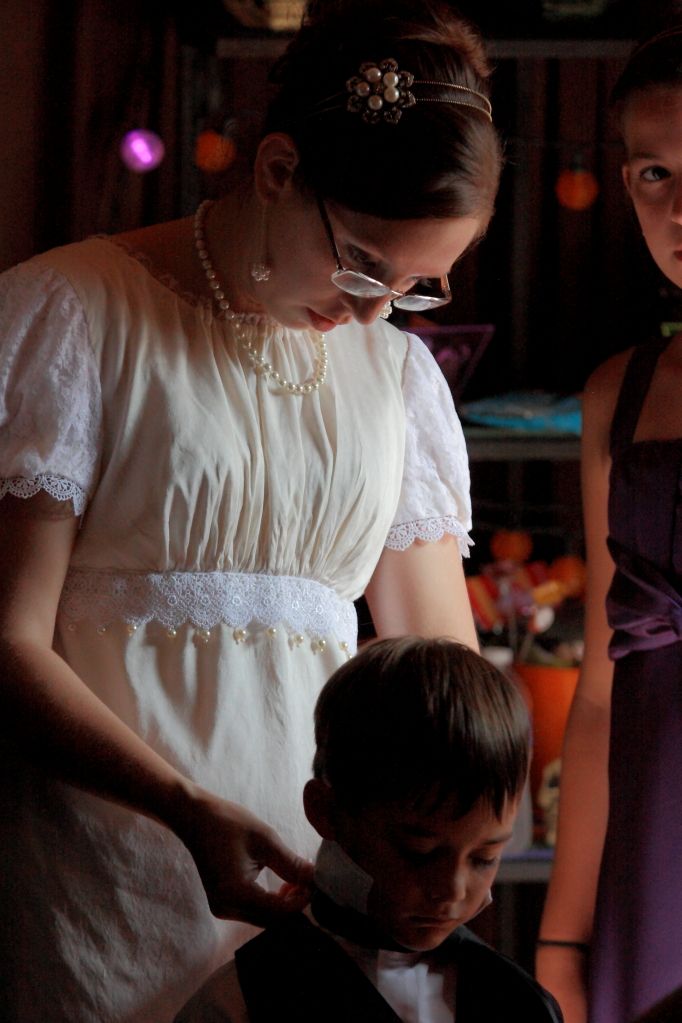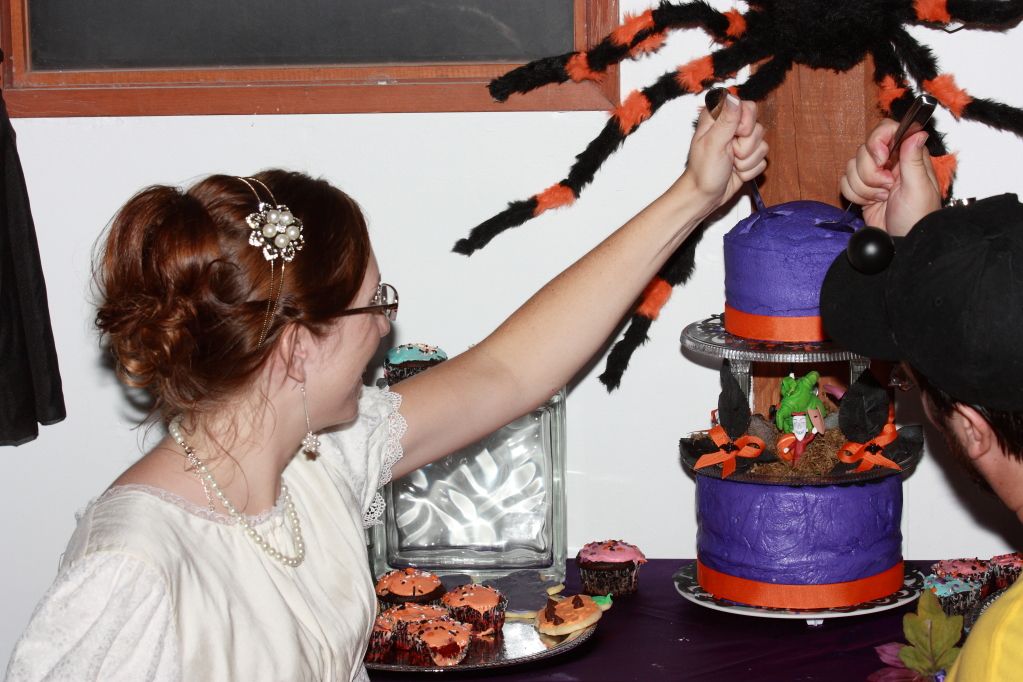Kolbe calls for Saxon Math as its default math program for upper elementary school. That’s the one in the course plans, and it’s one I’ve looked at but never used. The Kolbe plans primarily serve to divide out the work day-by-day; there is not math instruction in the plans. (In contrast to say the religion course plans, which include teaching suggestions in the daily notes of the course plans.) There are quarterly exams in the course plans, so you can do an exam at the end of each quarter that will line up with what was covered in the plans. The exam answer keys show not just the answer, but the “show your work” way that the problem was solved.
Saxon’s reputation: A lot of people love it. It’s the A+, teacher’s pet of math curricula. If you successfully complete Saxon, you’ve got a well-trained math student. People who don’t like Saxon tend to not like the homework: For each lesson, the homework includes a relatively small number of practice problems for the new concept (so complain those who want more practice), and many problems that review previously-taught concepts (so complain those who can’t bear repetition). The latter problem is easy to fix — just don’t do all the homework problems. If you have a student who tends to need more practice to “get” a concept, preview the curriculum and see if it looks like it will provide enough help for your child.
Kolbe’s second-choice recommendation is Singapore Math. Give it serious consideration, because it’s the top choice of some well-regarded homeschool moms. Look here for Rebbecca Frech’s comments on Miquon & Singapore Math, and here for her general approach to teaching mathematics.
Another homeschooling friend and math-professor-on-homeschool-leave recommends the Life of Fred, which her kids love. I ordered a book, and my 5th grader is excited about using these to review and master the topics she’s been learning. She likes the story-format better than a regular math book, perhaps in part because she has spent many years with a regular math book. I’m not persuaded every family would use Fred as their sole math book, though. But it’s a good resource to know about.
I am pretty happy with Math-U-See, which is what we’ve used all along, but don’t think it’s a good fit for everyone. I like it because I like the way it explains the math concepts — that whole thing of understanding how math works, rather than just memorizing processes. I am also 100% comfortable with the MUS guidelines on teaching math, which direct you to slow down and speed up per the student’s readiness. Which in our family consistently translates into long periods where we make “no progress”, then quick speed through a bunch of chapters at once when the brain catches up with the new topic. A lot of people would not be comfortable with this. (Even if you despise MUS, check out their various free E-sources, land of the free printable worksheet generator.)
Note also, that MUS’s scope and sequence is not the same as in most public schools. It would not be the best choice for someone planning to put the kids in and out of school during the elementary years. On the other hand, if you have a struggling math student and want to spend a summer on review, the videos and a workbook used strategically might be a way to help a student master a topic that had never quite clicked.
Finally, I’d be remiss if I didn’t mention the controversial Teaching Textbooks. People hate these for all sorts of reasons, some of them (reportedly) valid. But people love them because they let you sit your kid in front of the machine, do the work, done. They seem to be most popular with non-math kids who just need to get the basics down by moving at their own pace, and with families that are extremely overloaded and need a method that is not parent-intensive.
Based on all that, here are my criteria for a good math curriculum:
- You the teaching parent like the general approach. If you don’t believe in the method, you’ll never last 10 minutes when your kid digs in the heels and tries to talk you out of it.
- It fits your family’s needs and abilities. People vary in how well they read, how easily they learn math, how much hands-on time the parents have, and so forth. Shed the fantasy life and be the math person that you are.
The big problem with math instruction: Not enough of us love math. And those who do love it are divided into those who have fun with it, and those who take perverse pleasure in accomplishing nasty chores. It is very hard to teach a subject that you don’t personally enjoy.
What to do? My advice if you are math-phobic is to relax, sit down with your kids, and learn with them. Your brain is more mature than it was a decade or two ago, and it is not too late for you to finally understand the topics that confused you way back when. (FYI – Math-U-See is popular with moms who are going this route. I can’t speak for other series, but I’d say for any math book: Take a look and see if the explanations make sense to you. If they do, you’ll be able to turn around and explain them to your kids.)
My advice if you are competent at math but just don’t love it* — and this is me, and so I constantly nag myself with this advice — is to keep searching until you find a way to love it. Be it via games, or making a sport of comparison shopping for groceries, or rewarding yourself with chocolate for every twenty minutes spent faking it for your kids’ sakes, try something, anything, to get you past the I-hate-math hump. Don’t give up on yourself — keep trying different things until something clicks.
Okay readers: What’s your favorite math curriculum? Supplements? Games? Websites? Recommend away.
*People think accountants are math whizzes. Some are. But accounting actually only requires about an 8th grade math education, and a teeny tiny bit of algebra, sometimes maybe. In any case, I am not the kind of accountant who just loves adding columns of numbers. I am the kind of accountant who loves creating spreadsheets that add numbers for me. Also I like to figure out what went wrong with your computer and make it work for you again. I like figuring out why the government just sent you a nasty letter, and then digging through your confused box of documents and showing you how to properly fill out your form the second time around. That kind of accounting. I am not the person you want keeping your books. I am the person you want to call when you suspect your bookkeeper is up to no good. That’s what I like. Accountant detective work.











